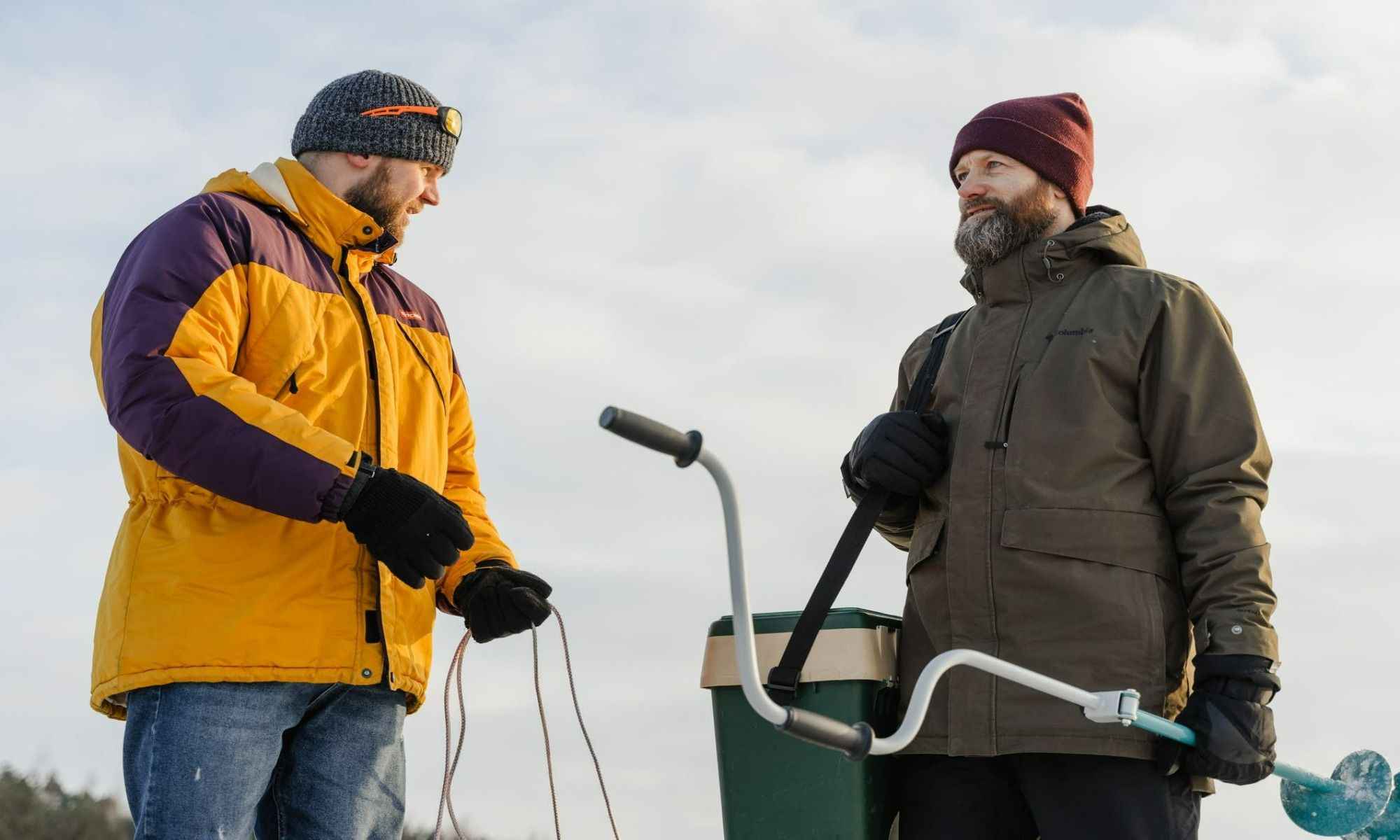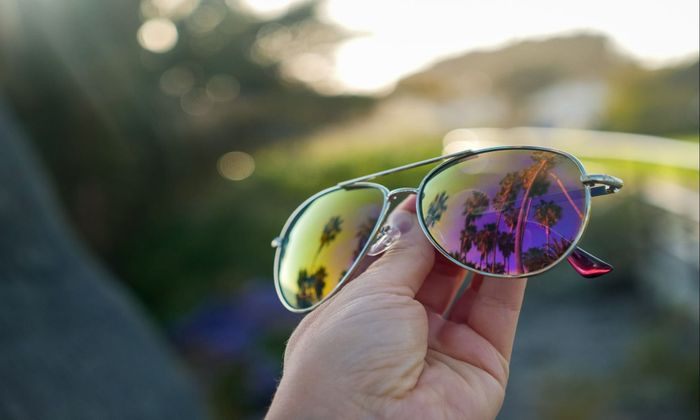Wear These When You Fish: A Complete Guide
Know what to wear when fishing in any season with this complete guide.

Fishing is just like any outdoor sport — you can fish wearing any outfit you want, but if you’re going to perform at your best, wearing the correct type of clothing can make a huge difference.
When preparing your fishing attire, these are the three considerations you need to keep in mind: comfort, protection, and camouflage.
First and foremost, the ideal fishing attire needs to be comfortable because fishing requires movement. Second, it needs to add a layer of protection to your body. Because fishing is an outdoor activity, it exposes you to various elements largely out of your control: water, sun, dirt, wind, and even insects. When looking for an appropriate clothing item, you have to know whether they’re made of materials that can provide you with the base layer of protection. Lastly, you need your clothing to help you blend in with your environment. This is crucial to your success in fishing, as unusual patterns, colors, and movement can spook a fish.

With all these in mind, let’s look at the basics of what every angler should wear. We’ve detailed what you should wear in different weather conditions and how they’re crucial to your success in fishing.
Fishing in Warm Weather
Choosing clothes for warm weather fishing can be tricky. You want to find clothes that will provide you with ample protection from the water and the sun. But it would help if you also had breathable and lightweight clothes to help you keep your sweating at bay.
1. Top Wear
When fishing in warm weather, anglers should opt for a breathable shirt that dries fast and is made of lightweight material. Some experts advise wearing long sleeves to provide additional protection from the sun and bugs.
Best shirt materials that fulfill these requirements? Polyester, nylon, elastane, and spandex. Make sure to stay away from cotton, rayon, flax, and hemp, as these are not water-repellent and not as lightweight.
To provide camouflage, wear shirts in neutral hues found in nature. We’re talking about muted greys, blues, browns, and grays. This is especially crucial if you’re fishing in the shallows or in clear water, where the fish can easily spot you.
2. Bottom Wear
In warm weather, it’s okay to wear shorts, especially if you’re going to be out for a while. Make sure your shorts are made of nylon. Nylon is lightweight and dries quickly. It’s also quite durable, so you can move around without worrying about rips and tears.

However, if you want to have a better layer of protection, wearing nylon pants is advisable. There are specialized nylon pants that can be converted to shorts. If you can find those, you can have the best of both worlds.
3. Footwear
When fishing, anglers should ideally wear closed shoes with great traction. But if it’s too hot and you don’t mind getting wet, your best alternative is a pair of fishing sandals. Make sure to get padded non-slip soles, especially if you’re fishing on unsteady terrain. Wearing flip-flops is a big no-no as they’re slippery and are not durable enough.
One of the best options for footwear is a pair of rubber boots. They provide enough protection from the water and from slipping. When looking for a pair, make sure to choose those with rubber soles. Avoid felt soles as they can cause harm to the environment.
Wading shoes are another great option. They’re lightweight, durable, and can be worn with or without socks.
When choosing your fishing footwear, learn more about the fishing grounds you’ll be going to. If it looks safe, a pair of fishing sandals will do. But if you’re wary about the conditions, your trusty rubber boots are the way to go.
Additional Sun Protection

1. Hat
There’s a reason why the bucket hat is known as the fisherman’s hat. It provides great protection to your face and neck. When choosing a bucket hat, go for something made with lightweight material and with a wide brim.
Alternatively, you can also go for a basic baseball hat with a neck cover.
2. Polarized Sunglasses
Polarized sunglasses don’t just protect from the UV rays. They can also help you see your target catch better. How? By protecting from the sun’s glare on the water surface.
The best-polarized sunglasses you can wear, especially in sunny weather, are those that have at least a UV400 rating.
3. Face Masks and Gloves
For more added protection, wearing face masks and gloves can help you avoid sunburn.
Fishing in Cold Weather
For cold-weather fishing, the basics still apply. However, you must now think about your layers, especially when you’re ice fishing.
1. Top Wear
When fishing in cold weather, you need to have a minimum of three top wear layers.
For your base layer, go for a long-sleeved base, one that ideally wicks moisture and fits nicely. The best base materials are wool or polypropylene.
Wear a mid-layer, such as a sweatshirt or a hoodie made of wool or fleece, to add more insulation. If you can find a windbreaker in these materials, even better.
Top your base and mid-layers with an outer layer jacket. Go for something waterproof so you can protect your inner insulation from getting wet. Find waterproof jackets that are also windproof. These are best, especially if you’re fishing offshore, where unpredictable weather can be.
Apart from making sure that your top wear layers are warm and water-proof, you also have to make sure they’re comfortable enough for you to move around in. Staying still in cold weather will make you feel colder, so freedom of movement is essential.
2. Bottom Wear
Waterproof pants are still considered necessary, but long johns or thermal underwear are required to keep warm. Get ones in fleece or wool.
3. Footwear
You can still wear your trusty rubber boots in cold weather, but they will not provide you with enough insulation. It’s best to pair them with thermal socks. However, do not mistake layering too many pairs of socks, as they can be quite uncomfortable and impede your movement.
Additional Wind/Cold Protection
1. Fishing Gloves
When choosing a pair of gloves for cold-weather fishing, look for something with inner thermal insulation and an outer layer that’s both waterproof and windproof.
2. Rainy Weather Protection
This is crucial when fishing offshore, as the weather can be unpredictable in the open water. Gore-tex jackets are the way to go if you’re looking for a breathable and durable jacket that provides ample protection from the rain and cold.
Sun Protection for All Seasons
For both warm and cold weather fishing, wearing sunscreen is crucial. Get a water-resistant one, has at least SPF 30 and provides multi-spectrum protection. Don’t just apply once. Because you’re exposed to water and will most likely be sweating, you’ll need to re-apply throughout the day.
Building your wardrobe for fishing is akin to assembling your fishing gear. As you become more and more familiar with the sport, you’ll discover what works best for you. These discoveries, in turn, will help you put together your fishing wardrobe with wisdom and ease over time.



